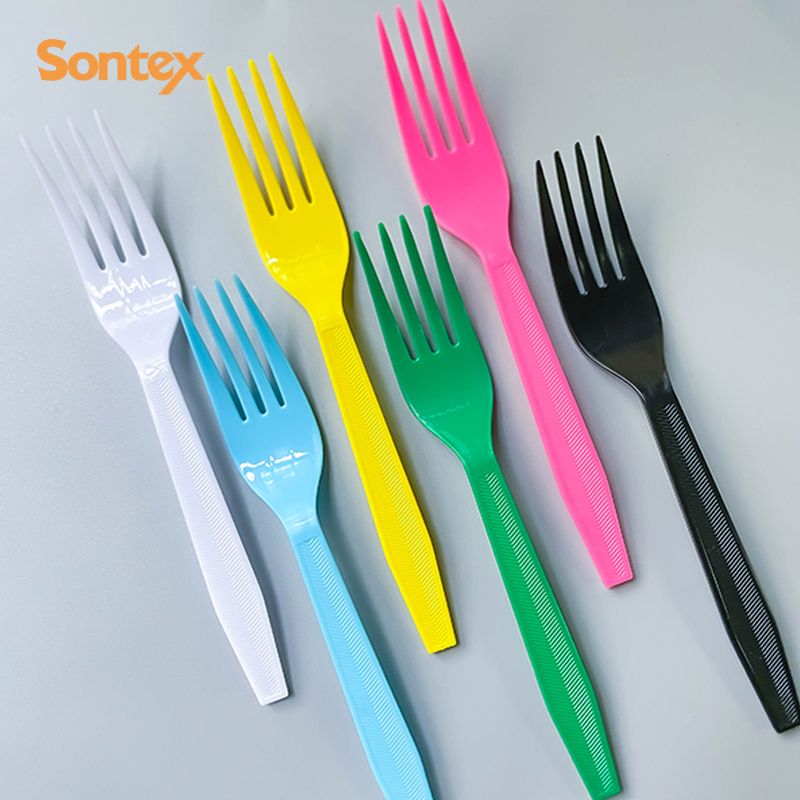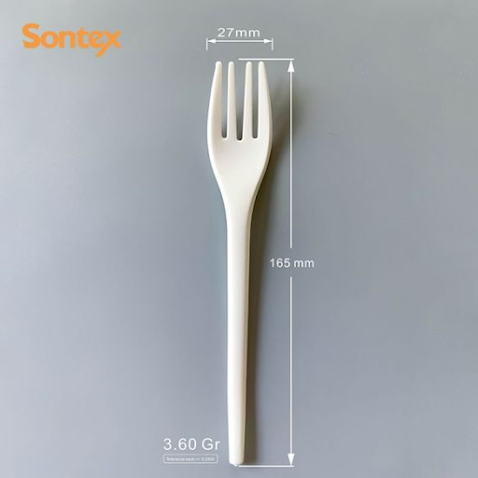How Long Does It Take for CPLA Cutlery to Decompose?
In the modern age, environmental concerns are at the forefront of global discussions. As individuals and businesses alike strive to reduce their carbon footprint and minimize waste, one common query arises: How long does it take for CPLA cutlery to decompose?
What is CPLA Cutlery?
CPLA stands for Crystallized Polylactic Acid, a biodegradable material derived from renewable resources like corn starch or sugarcane. It's widely used in the production of disposable utensils, including cutlery like forks, knives, and spoons. Compostable CPLA Cutlery offers a sustainable alternative to traditional plastic utensils, making them popular choices for eco-conscious consumers and businesses.

Factors Influencing CPLA Cutlery Decomposition
The decomposition rate of CPLA cutlery depends on various factors:
Environmental Conditions
Temperature: Warmer climates generally facilitate faster decomposition, while colder temperatures slow down the process.
Moisture: Adequate moisture levels enhance microbial activity, accelerating decomposition.
Oxygen Availability: Aerobic conditions promote faster degradation compared to anaerobic environments.
Size and Thickness
Thicker CPLA utensils may take longer to decompose compared to thinner ones due to the surface area available for microbial action.
Microbial Activity
Microorganisms play a crucial role in breaking down CPLA cutlery. The presence of bacteria, fungi, and other decomposers determines the speed of degradation.
Decomposition Timeline of CPLA Cutlery
While specific timelines may vary depending on environmental factors, studies provide estimates for CPLA cutlery decomposition:
Compost Facility: CPLA cutlery typically decomposes within 90 to 180 days in commercial composting facilities, where optimal conditions for microbial activity are maintained.
Home Composting: In home composting setups, CPLA utensils may take slightly longer, ranging from 180 to 365 days to fully degrade.
Landfills: In anaerobic landfill environments with limited oxygen and microbial activity, CPLA cutlery decomposition may extend to 1 to 5 years or more.
Environmental Impact of CPLA Cutlery Decomposition
The eco-friendliness of CPLA cutlery extends beyond its decomposition timeline:
Carbon Neutrality: CPLA is derived from renewable resources, making it carbon-neutral when composted.
Soil Enrichment: CPLA decomposition enriches the soil with organic matter, enhancing its fertility and supporting plant growth.
Reduced Plastic Pollution: By opting for cutlery supplier over traditional plastic utensils, individuals and businesses contribute to reducing plastic pollution in oceans and landfills.
Conclusion
In conclusion, CPLA cutlery offers a sustainable solution to single-use plastic utensils, with a decomposition timeline that aligns with eco-friendly practices. Understanding the factors influencing CPLA degradation and its environmental impact empowers individuals and businesses to make informed choices towards a greener future.


评论
发表评论